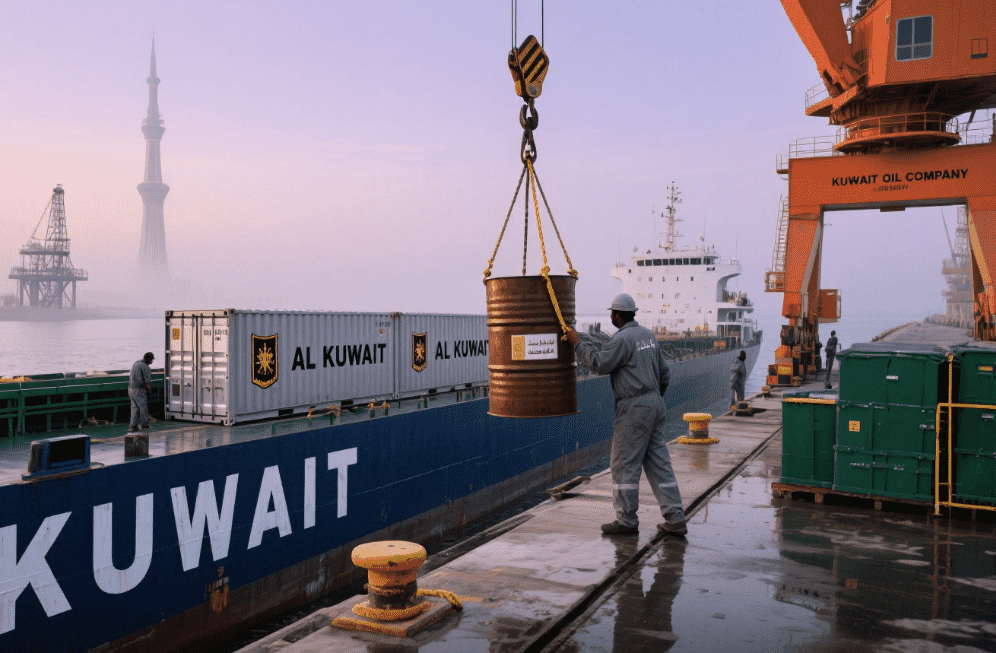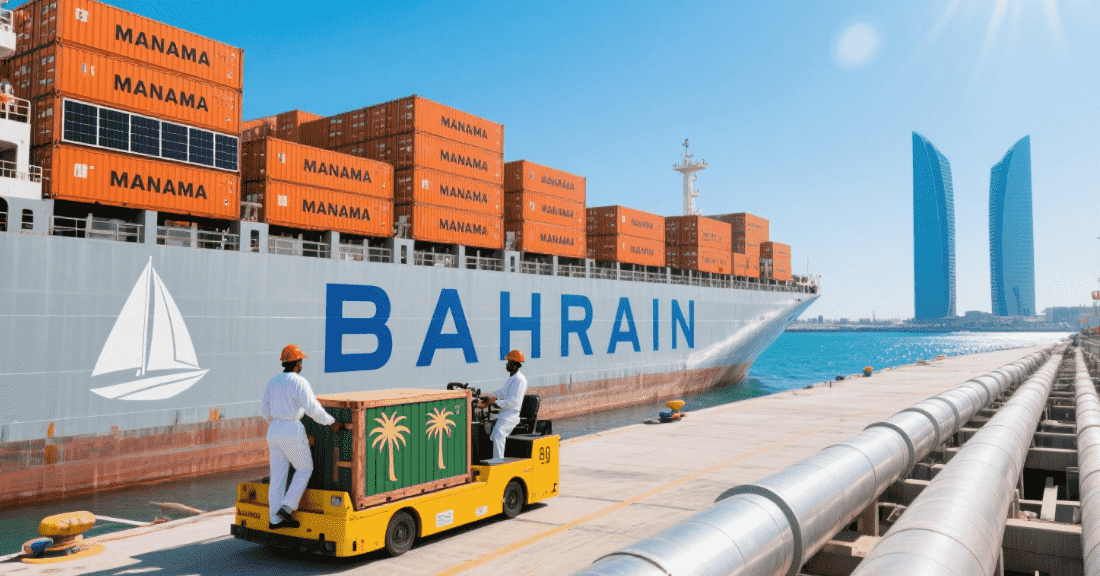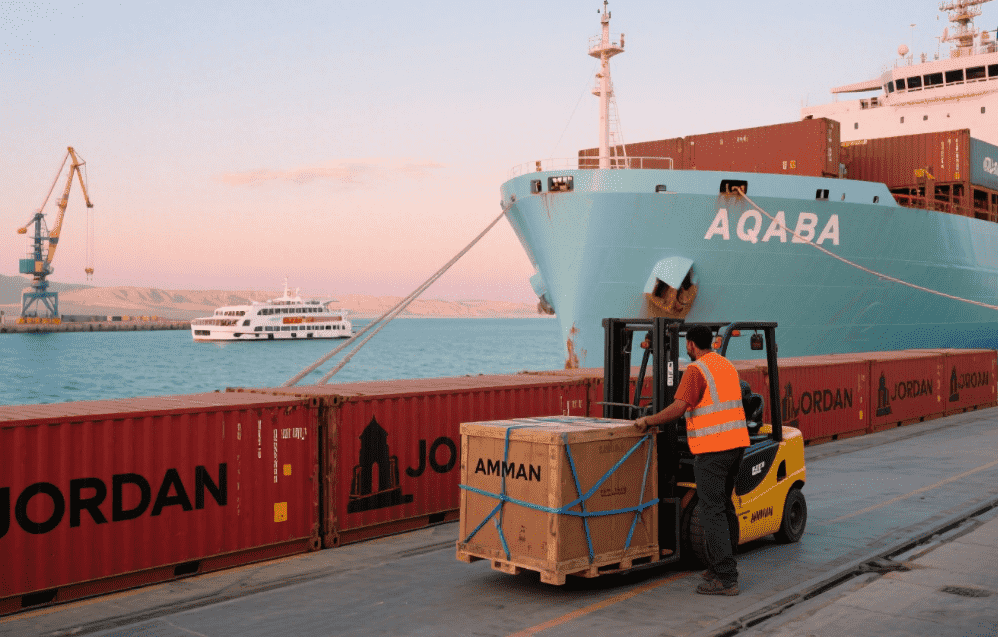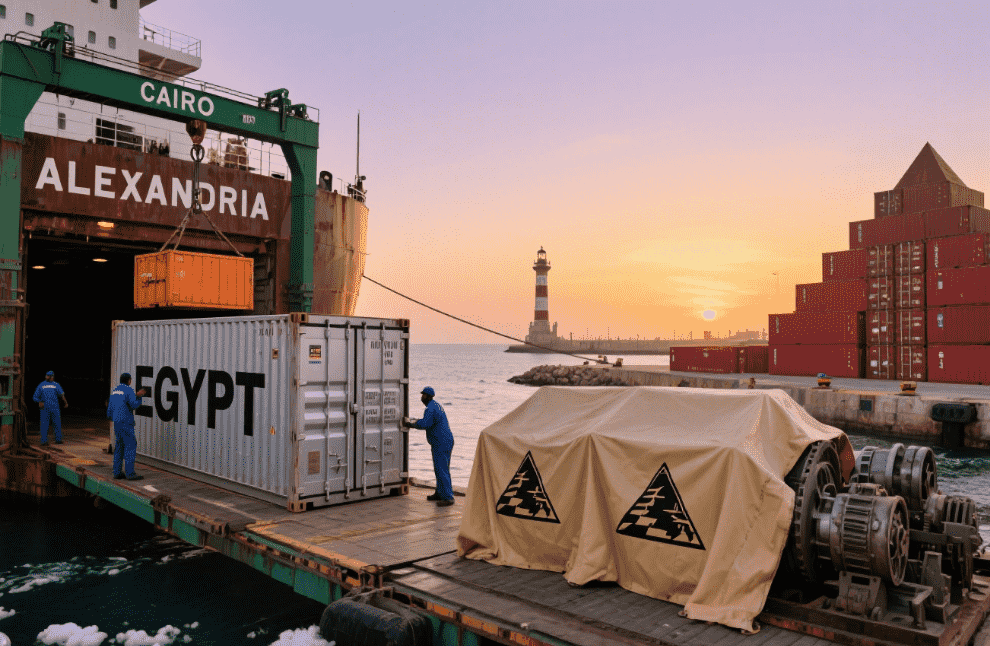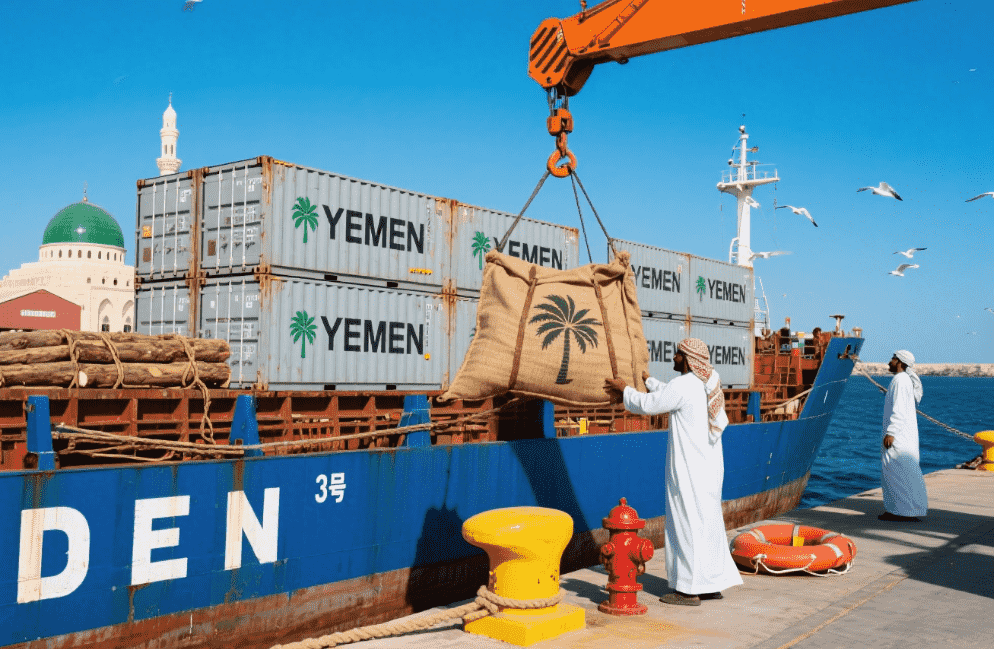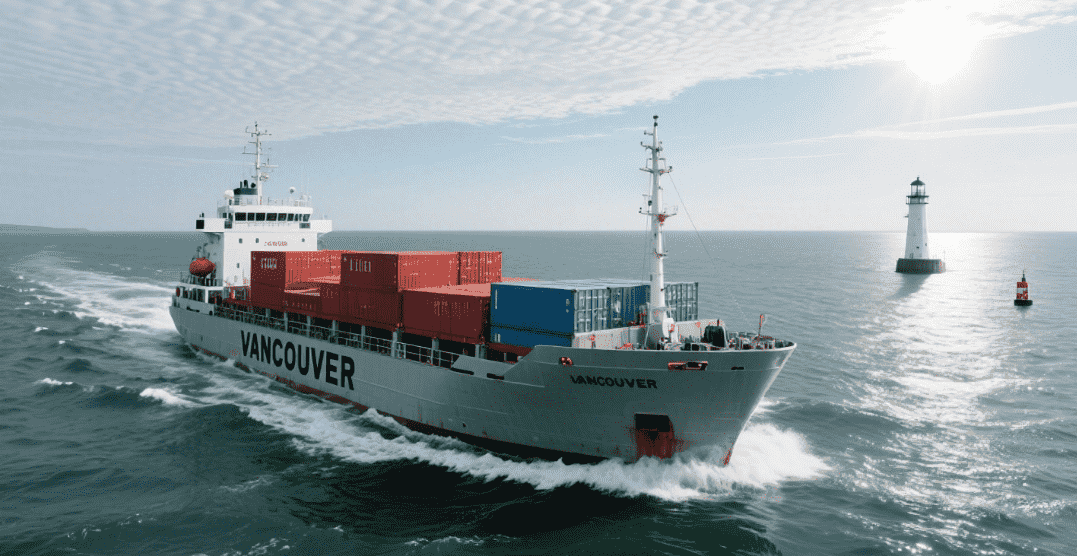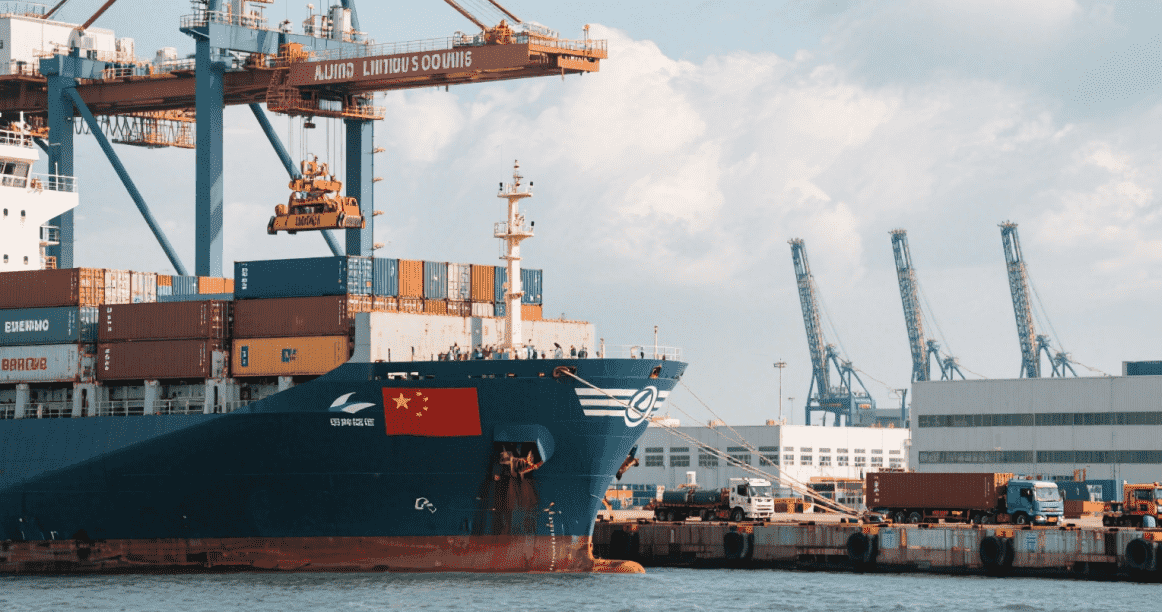
In our interconnected global marketplace, companies increasingly require streamlined and economical shipping solutions for cross-border commerce. For businesses establishing supply chains between China and Papua New Guinea (PNG), mastering international freight logistics becomes essential for maintaining competitive operations. This practical resource offers a detailed examination of pricing structures, transit durations, and critical factors affecting China-PNG shipments, equipping you with the knowledge to optimize your logistics network for reliability and efficiency.
Why Choose Professional Cargo Services for China-PNG Shipments?
Before diving into specifics, it’s essential to recognize the value of partnering with a reliable cargo agent or freight forwarder. Shipping from China to PNG involves navigating complex customs regulations, selecting optimal transportation modes, and managing documentation—tasks that demand expertise. A seasoned provider like Winsail Logistics can streamline these processes, offering tailored freight service options that balance speed, cost, and reliability.
Transportation Modes: Sea vs. Air Freight
The choice between sea and air freight significantly impacts both cost and delivery time.
1. Sea Freight: The Cost-Effective Choice
Sea freight is the most economical option for shipping large volumes or heavy cargo from China to PNG. Major ports in China, such as Shanghai, Shenzhen, and Ningbo, connect to PNG’s primary port, Port Moresby, via transshipment hubs like Singapore or Brisbane.
- Transit Time: Typically 30–45 days, depending on routing and carrier schedules.
- Cost Structure: Charged per cubic meter (CBM) or container load (20’/40’ FC). Average rates range from 2,500 per container, excluding duties and terminal fees.
- Best For: Bulk goods, machinery, vehicles, and non-perishable items.
2. Air Freight: Speed for Urgent Shipments
When time is critical, air freight reduces transit to 5–10 days but comes at a premium.
- Transit Time: Direct flights from major Chinese airports (e.g., Guangzhou, Beijing) to Port Moresby’s Jacksons International Airport are rare; most shipments transit through Australia or Fiji.
- Cost Structure: Charged per kilogram (kg), with rates averaging 8/kg for standard cargo. Volumetric weight calculations may apply.
- Best For: High-value goods, electronics, pharmaceuticals, and time-sensitive inventory.
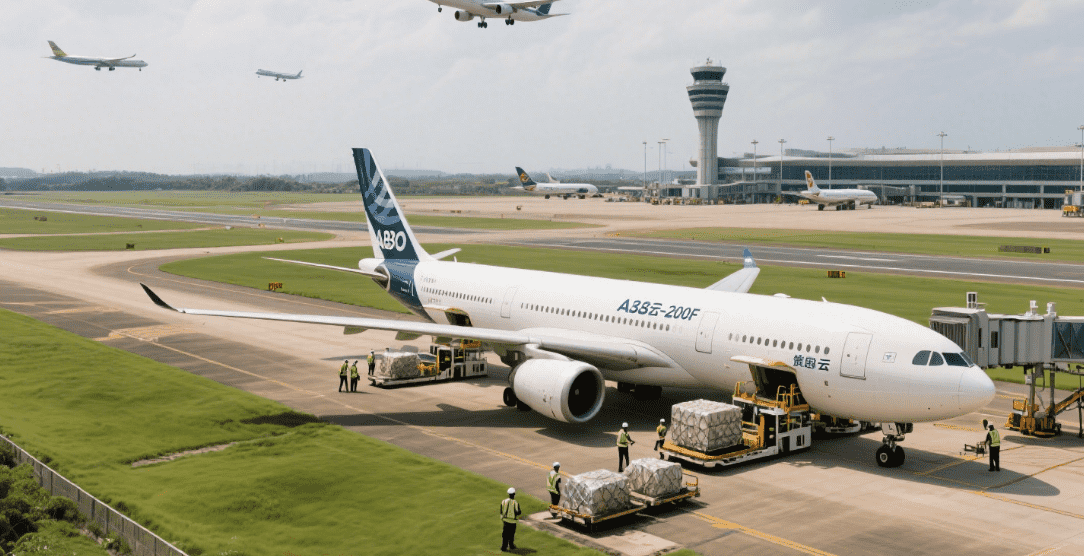 Breakdown of Shipping Costs
Breakdown of Shipping Costs
Understanding the total cost requires accounting for multiple components beyond base freight rates:
- Freight Charges: As outlined above, these vary by mode and volume.
- Customs Duties & Taxes: PNG imposes duties based on the Harmonized System (HS) code. Rates range from 0% to 35%, with additional 10% GST on most goods.
- Port/Terminal Fees: In China, charges include THC (Terminal Handling Charges) and documentation fees. In PNG, expect port storage and handling fees if delays occur.
- Insurance: Optional but recommended, especially for high-value shipments. Premiums typically cost 0.3%–0.5% of cargo value.
- Inland Transport: Costs to move goods from origin/destination warehouses to ports/airports.
Pro Tip: Consolidating shipments or using LCL (Less than Container Load) for sea freight can reduce costs for smaller volumes.
Timeline Considerations
Total delivery time depends on three phases:
- Pre-Shipment (1–7 days):
- Booking space with carriers.
- Preparing commercial invoices, packing lists, and certificates of origin.
- Arranging inland transport to Chinese ports/airports.
- Transit (5–45 days):
- Sea freight: Includes sailing time and potential transshipment delays.
- Air freight: Flight schedules and customs clearance in transit hubs.
- Post-Arrival (3–10 days):
- PNG customs inspection and duty payment.
- Delivery to final destination via trucks or local couriers.
Key Insight: Always build buffer time into schedules to account for unforeseen delays, such as weather disruptions or port congestion.
Navigating Customs Clearance in Papua New Guinea
PNG’s customs authority, the Customs Service, enforces strict documentation requirements. Common pitfalls include:
- Incomplete Paperwork: Missing signatures, incorrect HS codes, or undervalued invoices can lead to fines or shipment holds.
- Restricted Items: Prohibited goods include firearms, counterfeit products, and certain agricultural items. Always verify regulations beforehand.
- Quarantine Inspections: Food, plants, and animal products require additional permits and inspections.
Partnering with a knowledgeable cargo agent ensures compliance and accelerates clearance. For instance, Winsail Logistics’ team stays updated on PNG’s evolving trade policies, minimizing risks of delays.
Choosing the Right Freight Service Provider
Selecting a partner for your China-PNG shipments hinges on three factors:
- Experience: Look for providers with a proven track record in Oceania trade lanes.
- Network: Access to reliable carriers and local agents in both countries ensures end-to-end support.
- Transparency: Opt for companies offering real-time tracking and upfront pricing to avoid hidden fees.
Case Study: Optimizing a Shipment from Shenzhen to Port Moresby
A client needed to transport 15 pallets of industrial equipment (total 12 CBM) from Shenzhen to Port Moresby within 40 days. Here’s how we optimized their logistics solutions:
- Mode Selection: LCL sea freight balanced cost ($1,200 total) and timeline (38 days door-to-door).
- Documentation: Pre-verified customs forms to prevent delays.
- Insurance: Covered cargo value (250.
- Outcome: Shipment arrived on schedule with no additional fees, enabling the client to meet their project deadline.
Future Trends in China-PNG Trade Logistics
The trade relationship between China and PNG is growing, driven by infrastructure projects and resource exports. Expect:
- Digitalization: Blockchain for real-time cargo tracking and e-customs platforms reducing clearance times.
- Sustainability: Carriers investing in eco-friendly vessels and carbon-neutral air freight options.
- Infrastructure Upgrades: PNG’s port expansions and new road networks will enhance inland connectivity.
Conclusion: Key Takeaways for Shippers
Shipping from China to Papua New Guinea demands careful planning to balance cost, speed, and compliance. By:
- Choosing the right transportation mode (sea or air).
- Accounting for all cost components, from duties to insurance.
- Partnering with a trusted freight service provider or cargo agent.
- Staying informed about customs regulations and market trends.
Businesses can build resilient supply chains that support long-term growth. For tailored logistics solutions, explore resources like industry guides or consult experts to navigate this dynamic trade lane effectively.
Visit Winsail Logistics to learn how we simplify global shipping with end-to-end expertise.


